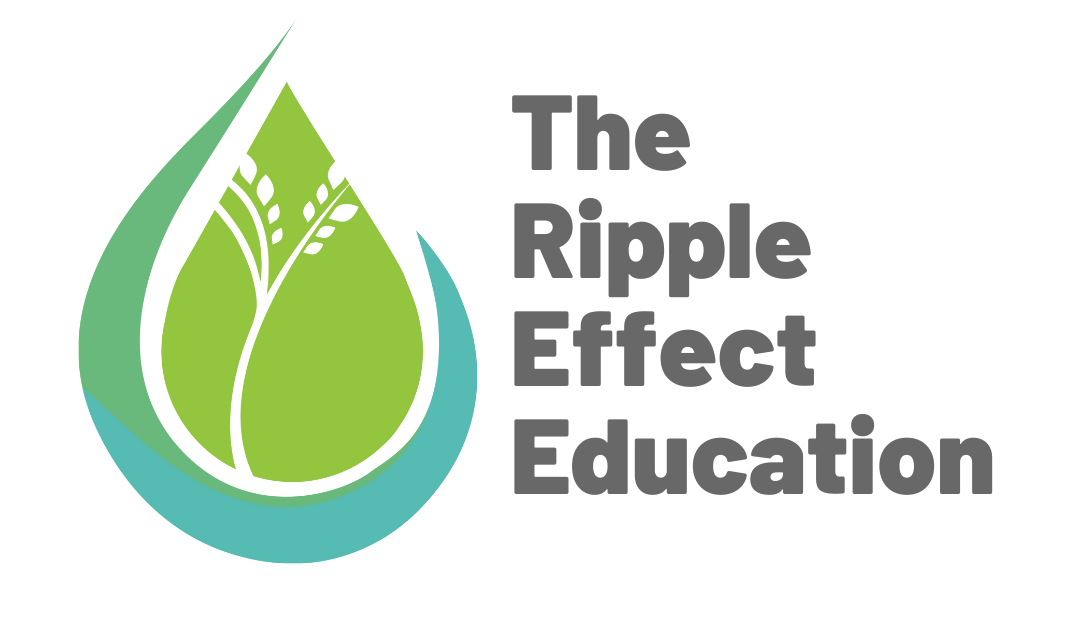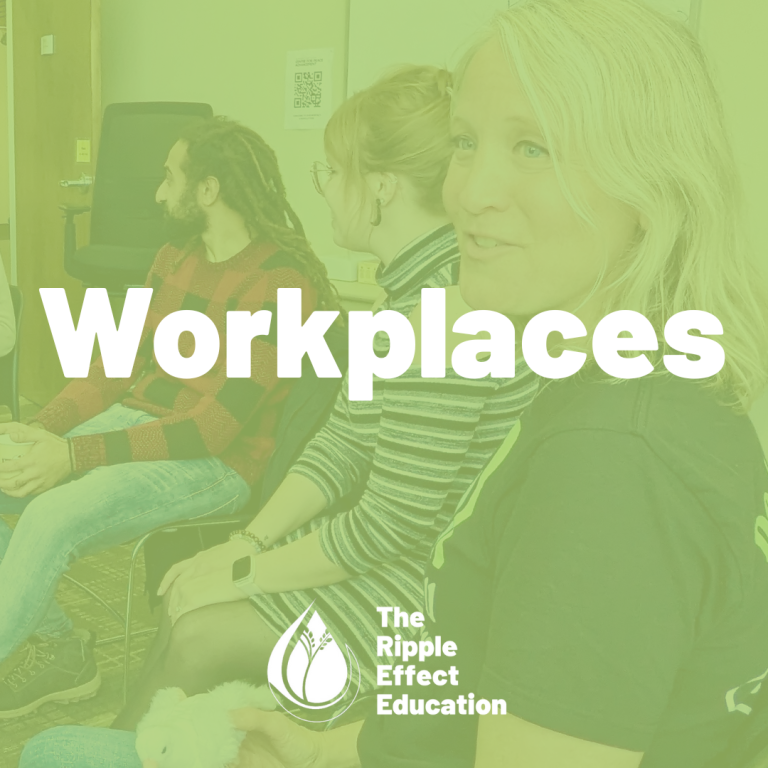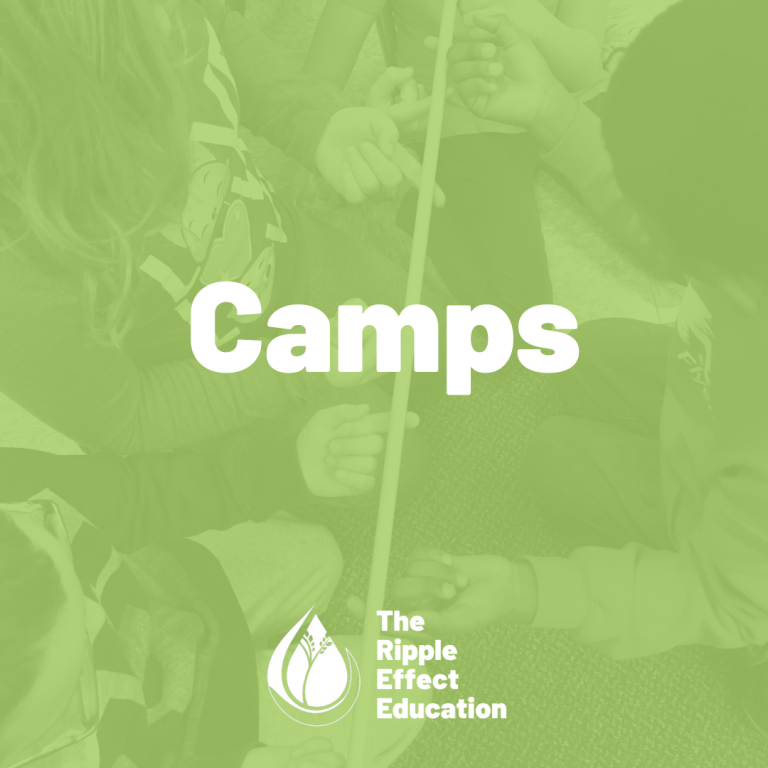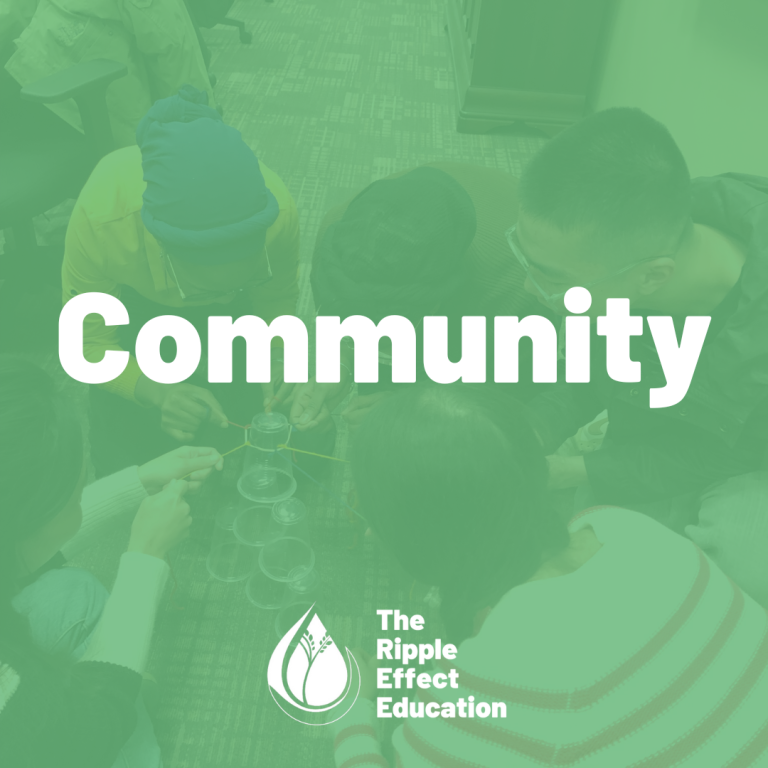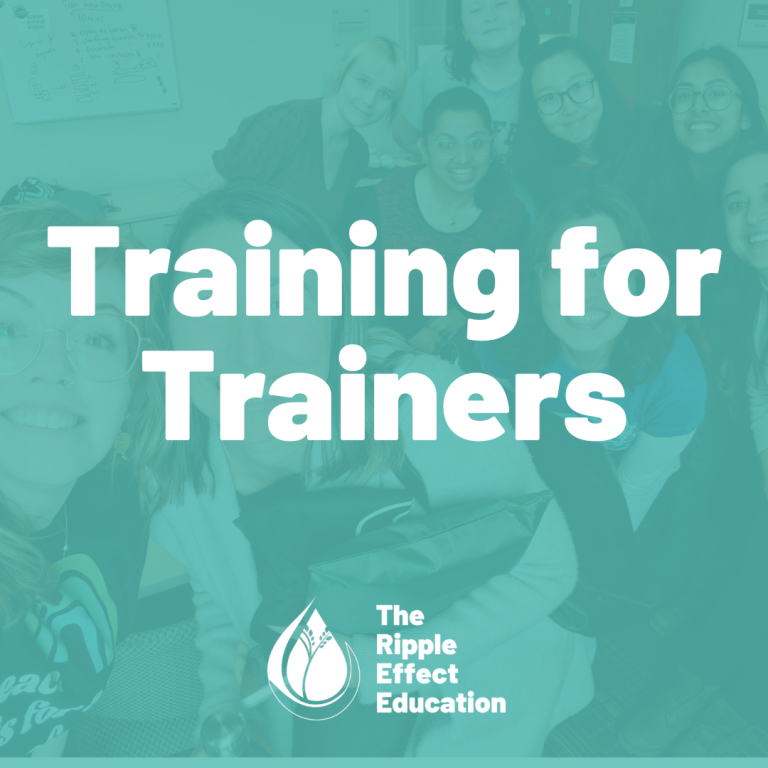We often hear the word “feedback” used in many different situations, whether at work, school, or even just when a friend wants our opinion on their new haircut. But what is feedback, and how can we use it effectively?
Feedback is a response to a message by someone else. Feedback can be given verbally or non-verbally through body language, and it can both affirm and comment on another person’s behaviour.
Feedback is a big part of how we communicate as human beings, but it can be uncomfortable and challenging. It is difficult to hear criticism on our work without feeling self-conscious and defensive, or to help a student understand how they can improve their paper without making them feel a similar way. But if we approach feedback in a constructive, sensitive manner, it can actually be a powerful tool for building awareness of ourselves and the effects of our actions.
At TREE, we love talking about approaching conflict in constructive ways and building healthier relationships with ourselves and others. Feedback can be a great way to put these conflict resolution and self-awareness skills into action, whether we are interacting with students, friends, mentors, or family members.
The University of Waterloo’s Centre for Teaching Excellence offers some great tips on how to give and receive feedback effectively. One of these tips is using “I-statements” to describe our reaction to the person’s behaviour rather than evaluating them as a person. In our TREE workshops, we really enjoy practicing “I-statements” as a tool to talk about our own response to the specific actions of another person instead of accusing them and assuming what their intent was. Saying: “I noticed that you have been leaving your dirty dishes by the sink a lot recently without cleaning them. I feel annoyed and frustrated because then I often end up cleaning up after you. Could you please clean your dishes after you use them?”, instead of: “you are being so irresponsible and disrespectful by making me wash your dishes”, makes the receiver of the feedback more aware of the specific effects of their behaviour and more open to finding a solution.
Another key tip the Centre for Teaching Excellence offers is for when we are receiving the feedback. When another person is giving us feedback, it is important to actively listen to the message instead of getting defensive or over-explaining. At TREE, we practice active listening by showing the other person we are engaged in what they have to say. One way we can do this is by paraphrasing what the giver of the feedback said in order to make sure we understood it correctly. We can also ask follow-up questions to better understand how the other person experienced our behaviour. When asking follow-up questions, we at TREE love to practice using open-ended questions. Open-ended questions are questions that elicit a response that is more than yes or no. Instead of saying: “did you like my presentation?”, we can say: “what did you like about my presentation?” or “what are some ways I could improve my presentation?”. Open-ended questions allow us to get specific feedback on our actions and how the other person experienced them.
When we put these tips and tricks for giving and receiving feedback into practice, we can use feedback as an opportunity to grow in our relationships with ourselves and with others. It is also important to remember that feedback is not always about criticism. Feedback can be a powerful tool for helping boost confidence and helping us recognize our own unique strengths. In our TREE classrooms, we teach that everyone is unique and brings their own strengths and areas for improvement to every situation they are in, no matter if they are students, friends, teachers, or siblings. Feedback can be a great opportunity to help us grow in our awareness of the things that make us and the people around us unique in their own way.
What tips do you have for giving and receiving feedback? Let us know in the comment section!
Photo by mentatdgt from Pexels
References
Centre for Teaching Excellence. (n.d.). Giving and receiving effective feedback. University of Waterloo. https://uwaterloo.ca/centre-for-teaching-excellence/teaching-resources/teaching-tips/assessing-student-work/grading-and-feedback/receiving-and-giving-effective-feedback
Hartling, S. (2020, January 15). Approaches to feedback and critique. In Rainville, J (Instructor), THPERF 100: Introduction to Theatre [Course], University of Waterloo.

Quinn Andres is currently in their third year of Theatre and Performance at the University of Waterloo with a minor in Gender and Social Justice. Passionate about creating safe and care-based spaces for queer youth to thrive and explore their identities among their peers, Quinn has facilitated queer groups at Rockway Mennonite Collegiate and Conrad Grebel University College. In 2018-2019, they were a participant in The Peace Innovators Scholarship and Mentoring Program, organizing and implementing a workshop focused on queer affirmation in the church. Quinn loves spending time with youth and has served as a camp counsellor at Fraser Lake Camp for the past three years. They are excited to be part of TREE and facilitate conversations with youth about peace and social justice.
